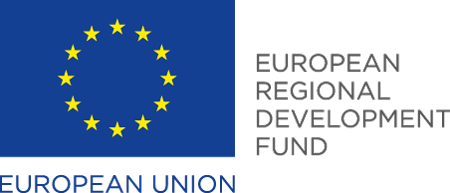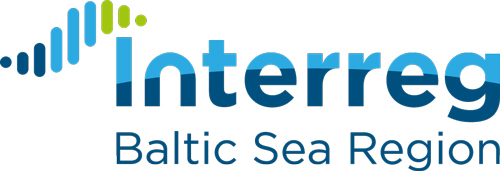We are STM – Anders Dalén, Researcher, RISE Viktoria
"There is tension of being in the middle between two worlds, the ship and the port. But I actually like tension - great ideas and compromises come from it."
Interview
So Anders, who are you?
My name is Anders Dalén and I am a senior researcher at RISE. I work a lot with shipping and digital infrastructures and focus on cooperation across organization and industry levels.
I want to create a better society and future in the long term. To achieve this, I believe, it is necessary to combine technology with a market perspective. The technology aspect is proven but it is the combination with what the market wants and finding viable solution that I find interesting. It´s the good fight. It´s easy to get up in the morning with that goal in mind.
What do you do in Sea Traffic Management (STM)?
In the previous STM project MONALISA 2.0, I was a “translator” in the conceptual thinking, compiling the conceptual ideas into reports understood by anyone in the industry. I also spent time on reviewing and developing the maritime digital infrastructure that we called SeaSWIM. I distance myself from the in-depth technical aspects and try to ask the question ‘Is there a better way of doing this?’ With a broad understanding of the STM concept I have been “policing” what can or cannot be done and why.
In the STM Validation project, I am working very close with the activity leader of the infrastructure part and I help out in the thinking process about the governance of STM. The future after the present project. How the markets could work and make it a viable infrastructure in the future not just a project infrastructure.
What is that infrastructure for an outsider?
Imagine going blindfolded into a meeting room to ask for directions. If you know English, there is a chance that someone will be able to understand you, and if you know the names of some people, you could speak to them directly. Compare this to only knowing a small tribal language not knowing who is in the room. The infrastructure gives you the English language and the names of people. There are two parts of the infrastructure; a common language and global identities.
1: Common language/ terminology, a small set of words and grammar to convey meaning. This enables communication that is more intelligent and to be able to tell time place and what the time is about. An example is the route exchange format the RTZ. The industry has agreed to use it in the same way, which is a very important step for mutual understanding.
2: Global identities is a core component. On the internet, we use the unique resource names (URN), in STM we use the MRN, maritime resource names, conceived in the infrastructure component Maritime Connectivity Platform in previous projects. There is one internal and one external part to the identity. This is a common method to assure global uniqueness. GS1, a standardisation organisation, for example uses the same philosophy. IALA, the international organization for advice to shore based support to shipping, is currently the steward for MRN, which is a great way of providing trust and buy-in from all the suppliers of ECDIS (digital navigation system on-board), .
Those two components needs to be supported by the infrastructure. Those two enable. Then we have things that restrict, the data ownership (that there can be no cloud solutions since the data should stay with its owner) is one that is crucial. That restriction is also one of the success factors that has made the industry trust STM since they remain in control of the data.
How do you find working within STM?
I have learned so much. STM has a really unique pragmatic way of handling problems. It´s open for industry input and not trying to push one vision or technology, which is very interesting and it creates flexibility on how to face different issues that show up.
What has been the most fun?
The tension of being in the middle between two sectors, the ship and the landside, the navigational part and the port. It´s a large challenge but that is where the open solutions have come from. And I like tension, great ideas and compromises come from it.
How would describe STM to someone who has never heard of the concept?
STM is like Facebook for the maritime world. Just like Facebook started in one university for a small group of people and grew globally from there. STM has started in a specific part of the industry but the need for it is much much larger. It is a space where people can meet and collaborate.
What STM does, that Facebook does not, is to communicate in a way that machines can understand. It is going one-step further in terms of interoperability; it is interoperable on a machine-to-machine level apart from people to people and people to machine.
What are in your opinion the greatest benefits with Sea Traffic Management?
Interoperability!
That is the centre of it all. It has been achieved in different sectors at different times. STM has done that based on the market. In many sectors for example medical care it has been forced by legislation, STM has become interoperable, not by legal obligation but by agreement between actors. And that is really an achievement!
In playgrounds and sandboxes, you have kids playing and when they fight, they can go to mum and dad or the teacher, but in STM we don’t have a parent to go to who mediates. In STM we need to find a joint agreement.
How does STM contribute to the future shipping society and transport chain?
I know that STM is taking a difficult path having the vision before technology. STM is inspiring the development of cross-sector infrastructure for the entire logistic chain. We are using the same ideas when we are talking to industry actors in radically different contexts. There are real benefits in being able to share across organizational boundaries and industry sectors. And it´s about time. This is what we have been asking for since we got computers in the 60s! We are closing in on the solutions now!
The Romans tried to take as much land as possible in a short time but what was lasting from the Roman Empire is the walls and roads they built, the infrastructure if you will. It is interesting what STM has achieved in terms of infrastructure and services in quite short time. And compared to the Romans we have done it peacefully by agreement and without force. Now we need to cement where we have come and ground it so that it can last for generations to come.







